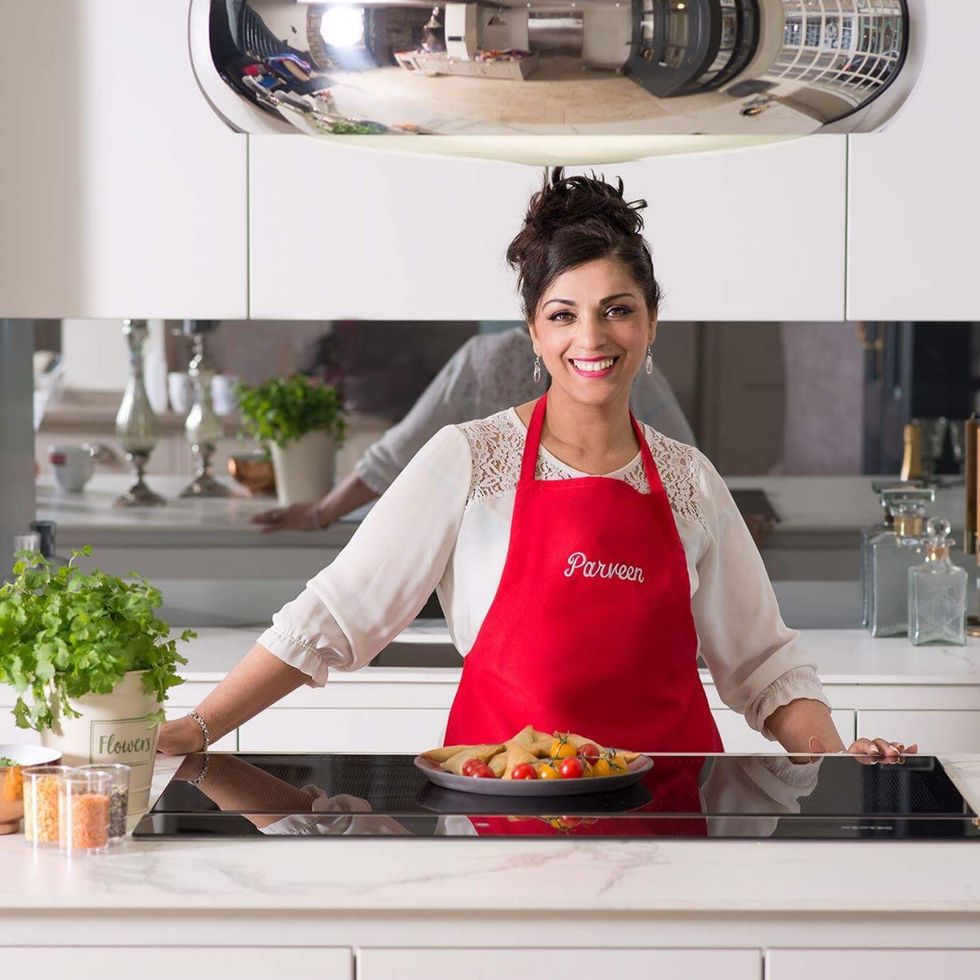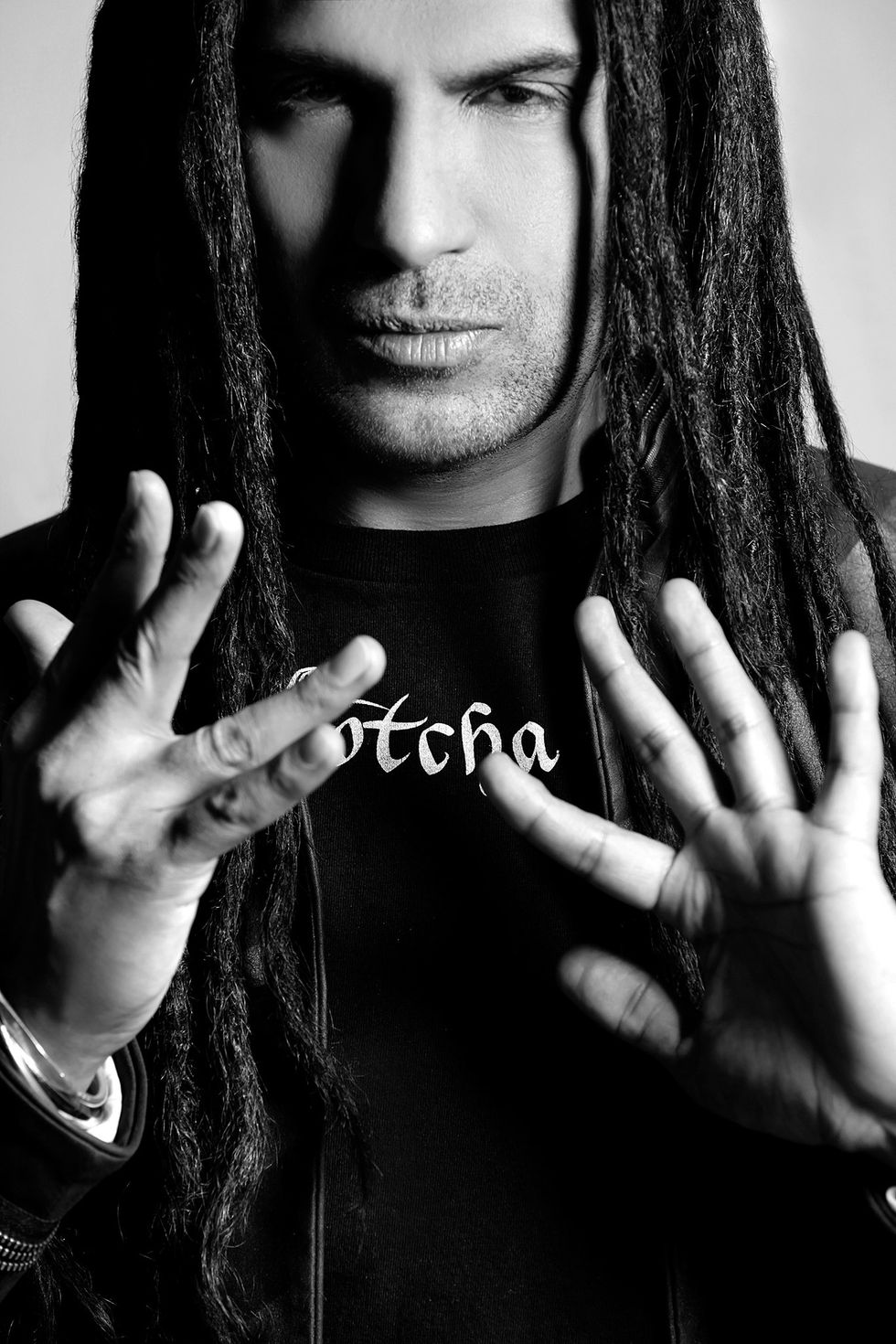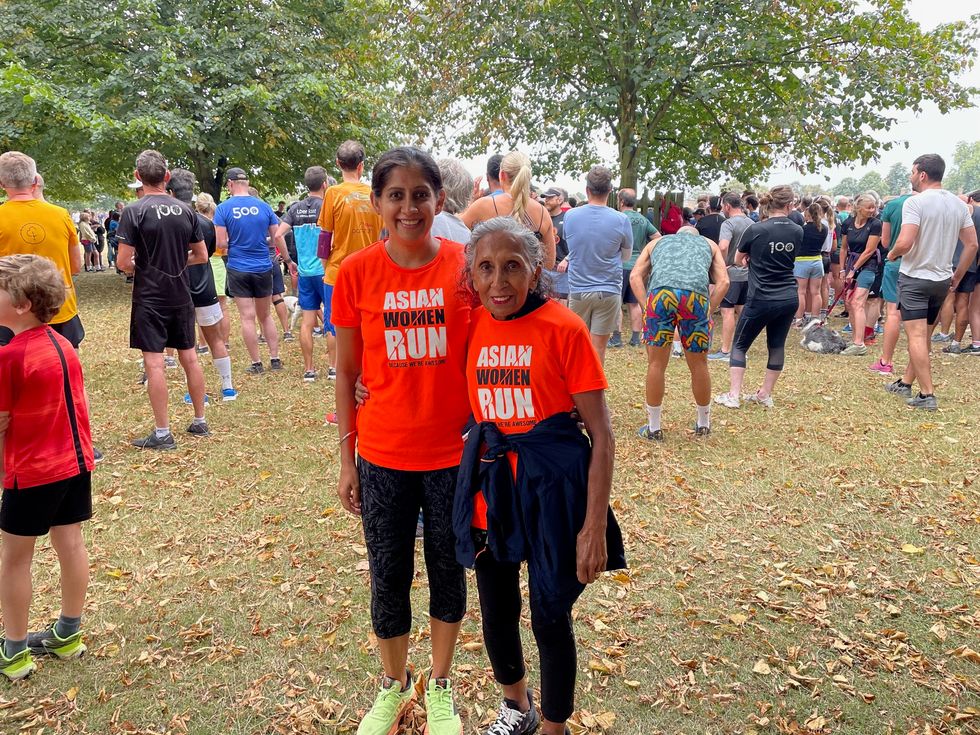THE DIVERSE INTERACTIVE ACTIVITIES KEEPING PEOPLE ENGAGED DURING COVID-19
by ASJAD NAZIR
VARIOUS individuals are demonstrating that self-isolation doesn’t mean solitary confinement by giving all those indoors during the lockdown ways to keep connected.
From fitness and cooking classes to quizzes and Bollywood parties, technology is being used to keep those at home healthy, entertained and enlightened.
Eastern Eye caught up with British Asians keeping people connected during the time of Covid-19 to discuss what inspired them to take that step and the various interactive activities available.
YOGA
Rakhee Vithlani: Covid-19 is going to leave a mark on everyone’s life in some way. The best thing about doing yoga online is that I see students every week, some of whom I have known and taught for many years. I see them as family, so the prospect of them being in isolation and not practising yoga meant going online was a no-brainer. It felt strange at first, but through this process I learned that being physically further away from people can lead to us becoming a lot closer. I led a free Mother’s Day class online and received touching messages afterwards as people opened up about their own relationships with their mums. It’s actually wonderful and I never thought I would be saying that about online yoga. There are gems of beautiful moments, a reminder of the kinder side of our humanity and a spiritual strength, which can be found by anyone who is brave enough to look.
Instagram: @yogi_rakhee
HEALTH AND FITNESS
Ushi Lad: When the pandemic started to really hit home, I realised that soon enough gyms would shut, parks would close and people would be confined to their homes. At that point, I also realised that most people’s mental health might suffer, including mine. I decided to use my fitness instructor skill-set to help others in a new and fun way. I wanted to share good vibes and positivity as much as I could. And make sure people had a way to use the excess energy that would be building up. I’m an online fitness coach anyway, but my work is usually one-to-one or small group training online, but never an online fitness class. So it’s new to me too. It’s definitely given me focus and motivation. I genuinely love the vibe in my live online classes, whether 10 or 100 people show up. Initially, I was worried no one would feel the class energy, but turns out they all do. It’s my way of helping out people in their time of need, showing them that we don’t need to give up and as a tribe, together we’ll get through this, stronger and fitter than ever before.
www.facebook.com/pushwithushlive & Instagram @pushwithush
COOKING
Sarah Ali Choudhury: I decided to do these online cookery classes to demonstrate how easy authentic Indian food is to prepare, its health benefits and how great it is to get kids involved. During this particular time, I thought it would be useful for those who are always busy working and never really get a chance to cook or learn about it. Now, we are all indoors all the time; it is the perfect time to encourage good eating habits and hopefully that will help build people’s immune systems. I also decided to start these online cooking videos to teach children about food, its preparation, health and hygiene, while encouraging less food waste. This knowledge will encourage these children to have confidence around food for their future. I particularly enjoy cooking with my boys to encourage equality in the kitchen too. I’m surprised at how popular the videos have become and get brilliant feedback. As this is my profession too, it encourages me to provide this as a free opportunity, open to everyone, while I
improve and develop myself. It’s going well and I don’t think I’ll stop, even when things go back to being normal.
Instagram: @instacurryqueen & Facebook: Sarah Ali Choudhury & www.sarahalichoudhury.com
ANTAKSHRI AND BOLLYWOOD QUIZ
Samir Bhamra: For the last 30 years, I have been interacting with people all over the world through various mediums, mostly creative. With the coronavirus lockdown, including libraries, live events and cinemas, I felt people would be limited in terms of their choices for entertainment, especially those who are socially isolated. To help us through this difficult time, I felt like we needed to remember how to have fun, laugh and challenge our minds. So by creating an online community where we focus on enriching our resilience, we can also connect with citizens of the world and celebrate our commonalities. That led me towards organising interactive Bollywood quiz and antakshri sessions, using global video conference call apps that are available for free and anyone can dial in. We should take a break from stressful news, be creative and remember our humanity.
Facebook: Samir Bhamra
LIVE PERFORMANCE
Kaykay Chauhan: Escapism is my theme. I decided to do a live music performance on Facebook and take requests to take people’s minds away from the troubles and anxiety we are currently facing due to Covid-19. I wanted to take their hearts and minds on a tranquil journey through music, while they are stuck indoors and unable to move. I wanted to rekindle past memories through my performance and help people escape into a different past world of joy and happiness. It was nice taking song requests and I received a positive response. Messages included, “what a great way to contribute your talent in helping people passing through the current crisis, God bless you.” And “Thanks for playing my request, in fact you played many of my favourites. I even got my Sax out and was jamming along! Looking forward to the next one stay safe.”
Facebook: @kaykay.chauhan
MINDFULNESS
Indy Samra: I set up a group for a safe positive space where people can browse various short simple mindfulness meditations, participate in daily gratitude posts and mindfulness children’s activities, and worksheets. I will be adding laughter therapy too. The response has been encouraging with participants adding friends. I receive private messages that the meditations are very relaxing. One lady said it helps her to have a good night’s sleep, listening to it just before bedtime.
Facebook group: Relax, Breathe and Smile with Indy
DANCE
Sneha Mistri: I am from the UK, but have been living in Madrid for 15 years, working as a choreographer, dancer and producer. Sadly, Spain has been hit hard by Covid-19 and we have been living in quarantine. Like many, I have had to adapt to the current situation caused by Covid-19. This quarantine hasn’t affected me mentally or emotionally too much, but I know others are struggling so am doing what I can by conducting dance classes online and delivering performances. I have been conducting classes via Zoom and events such as the Digital Dance Network via Facebook live. I have had fun teaching dance online to students from all over the world and the response has been positive. Teaching online and receiving messages from hundreds of people has been surreal, but very rewarding. Dance is fun; it is a great way to keep fit and unlocks
people’s creativity.
www.mistri.tv, Instagram: @mistridancer & Facebook: @SnehaMistriDancer
















 A cookery theatre presented by television chef Parveen the Spice QueenRFMP
A cookery theatre presented by television chef Parveen the Spice QueenRFMP The mela will feature live music, street food, cookery demos, fashion stalls, and a funfairRFMP
The mela will feature live music, street food, cookery demos, fashion stalls, and a funfairRFMP


 Charithra Chandran styled her hair in soft curls for the Ralph Lauren outfitInstagram/
Charithra Chandran styled her hair in soft curls for the Ralph Lauren outfitInstagram/ Charithra’s look was inspired by her character Edwina Sharma from BridgertonInstagram/
Charithra’s look was inspired by her character Edwina Sharma from BridgertonInstagram/